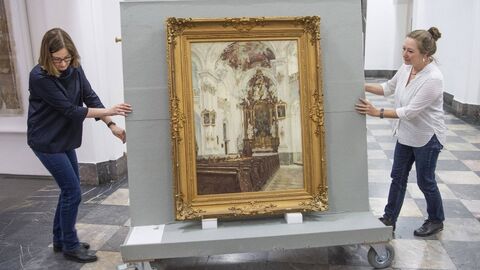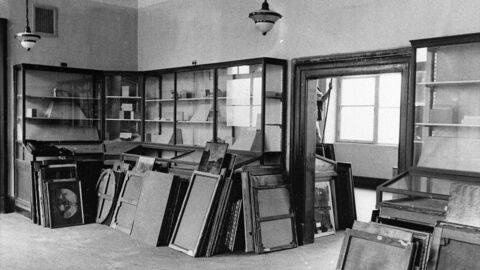This often difficult and fascinating work aims to reconstruct as precisely as possible who owned the object in question and when it changed hands, from the time and location of its creation to its current place of storage.
In recent years, the focus has increasingly been on searching for art confiscated by the National Socialists. But even before the first such cases hit the headlines - Ernst Ludwig Kirchner’s painting “Berlin Street Scene” in 2006, or the “Gurlitt art trove” in 2012—provenance research was an integral component of research into museums, libraries, archives, and art markets.
Besides identifying assets looted by the National Socialists, provenance research also serves to increase our knowledge of the history of collections and institutions and our understanding of the processes involved in the authentication, (value) attribution, manifestation, and appropriation of what are today defined as cultural assets.


